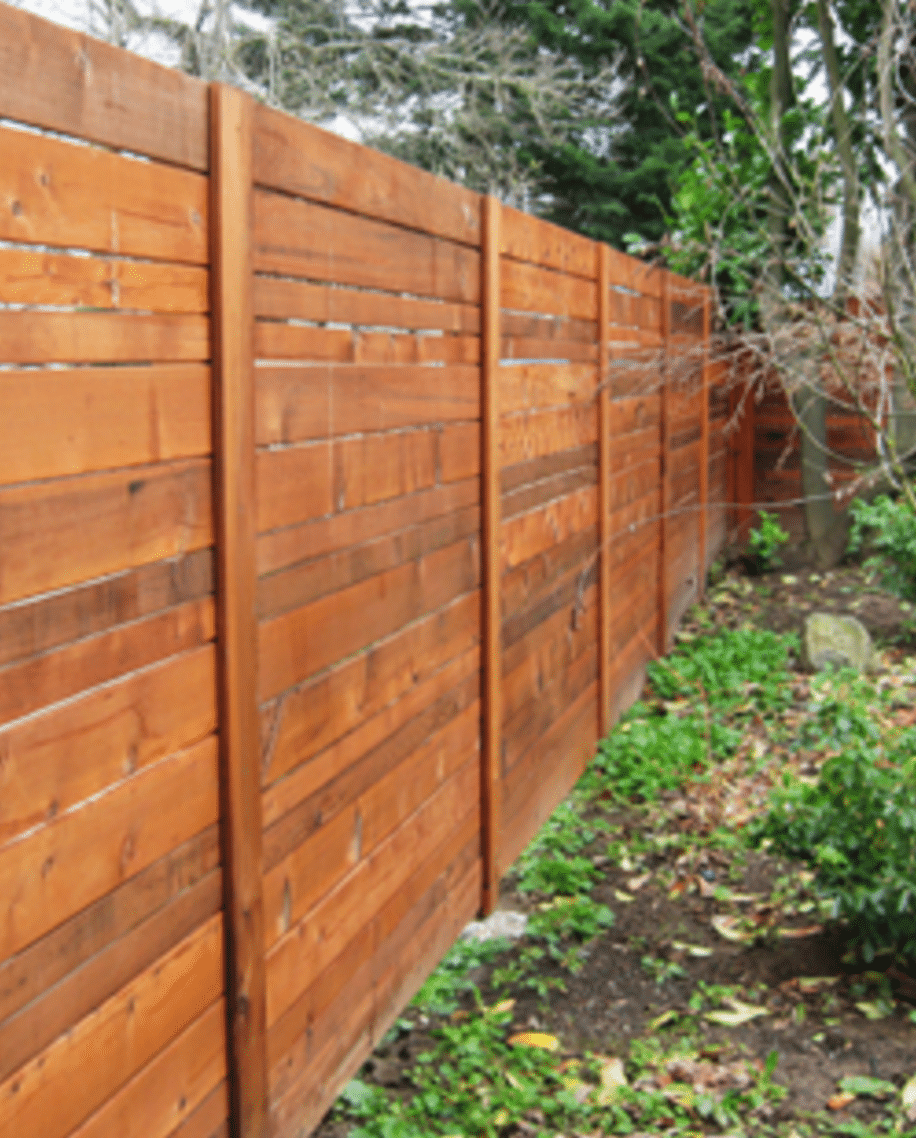All Categories
Featured
Mounting a fencing on your property can include personal privacy, safety, and aesthetic allure, but before you begin excavating openings and establishing articles, it's crucial to recognize whether you require an authorization. Not obtaining the necessary authorizations might result in penalties or the requirement to eliminate the fence.
Why Are Allows Necessary for Fencing Setup? Authorizations are necessary for ensuring that your fence follows local zoning laws and structure codes. These policies help ensure the safety and security of your residential property and the bordering location. Additionally, permits avoid disagreements with neighbors or neighborhood authorities, especially when it comes to building lines, elevation constraints, and total style.
In numerous situations, local authorities require permits to manage things like visibility at crossways or the proximity of a fencing to public rooms like roads or sidewalks. Authorizations likewise help guarantee that fencings are mounted appropriately and safely, especially when it concerns high fences or distinct materials.
Usual Kinds of Licenses for Fencing Installment. The kind of fencing you desire to install and your location will certainly determine which licenses are needed. Below are one of the most common kinds:
Building Permit. A building permit is typically required for fencings that surpass particular height limitations (frequently above 6 feet), lie near a public road or walkway, or are made from specific products. Building allows guarantee that the structure satisfies neighborhood structure codes, including safety criteria.
Zoning Authorization. Zoning permits are commonly needed to guarantee that your fence abides by neighborhood zoning regulations. Zoning legislations can specify where a fencing can be placed on your residential property (e.g., along building lines or ahead backyards), along with established limits on fencing elevation. These laws are made to avoid blockages that might impact website traffic security or community aesthetics.
![]()
Setback Authorization. In some areas, you might require a trouble license to place your fence a details range from residential property energies, lines, or roads. Troubles are intended to maintain proper area between frameworks and residential or commercial property boundaries, lowering possible disputes with next-door neighbors or public framework.
Homeowners Organization (HOA) Authorization. You will likely need approval from the HOA before installing a fence if your property is component of an area controlled by a Homeowners Organization (HOA) HOA guidelines usually regulate the style, height, materials, and even color of fences, making certain that they match the total visual of the community.
The Process for Obtaining a Fencing License. To acquire a fencing authorization, you usually need to call your regional city or region office. A lot of locations have a building division or preparation office where you can request licenses. The procedure includes finishing an application and giving comprehensive details concerning your proposed fence, including:
Fence layout (products, elevation, design) Location on the home. Property line information (for accurate positioning) In a lot of cases, a site plan showing the proposed fence's setting will be required. You might additionally require to pay a permit fee, which can differ based upon location and the complexity of the job.
As soon as you send your application, the regional authorities will review it to ensure the fence abides by regional policies. Relying on your place, you may also need to permit or schedule an inspection for a residential or commercial property survey.
When Do You Not Need a Permit? In some instances, an authorization may not be required. Normally, you might not need an authorization if:
![]()
The fencing is under a specific height (commonly 3-4 feet for front lawns) You're replacing an existing fencing with the very same kind and height. The fence is short-term (such as a yard fencing) However, it's constantly an excellent idea to consult your local structure or zoning department to confirm the demands, as guidelines can differ.
Consequences of Not Getting an Authorization. In some situations, you may need to re-install the fencing according to code, which can be pricey and lengthy. Additionally, not following the appropriate allowing process can produce issues with next-door neighbors, particularly if your fencing expands beyond your residential property line or doesn't meet elevation or layout requirements.
Conclusion. Prior to setting up a fence, ensure you're aware of the regional policies and whether you require a permit. It is necessary to examine with your regional building or zoning workplace, in addition to your HOA if relevant, to understand what's required. By obtaining the right permits, you'll make sure that your fencing is lawfully compliant, secure, and without future complications. Taking this additional action will conserve you time and cash in the future while providing satisfaction that your project is on the appropriate track.
Why Are Allows Necessary for Fencing Setup? Authorizations are necessary for ensuring that your fence follows local zoning laws and structure codes. These policies help ensure the safety and security of your residential property and the bordering location. Additionally, permits avoid disagreements with neighbors or neighborhood authorities, especially when it comes to building lines, elevation constraints, and total style.
In numerous situations, local authorities require permits to manage things like visibility at crossways or the proximity of a fencing to public rooms like roads or sidewalks. Authorizations likewise help guarantee that fencings are mounted appropriately and safely, especially when it concerns high fences or distinct materials.
Usual Kinds of Licenses for Fencing Installment. The kind of fencing you desire to install and your location will certainly determine which licenses are needed. Below are one of the most common kinds:
Building Permit. A building permit is typically required for fencings that surpass particular height limitations (frequently above 6 feet), lie near a public road or walkway, or are made from specific products. Building allows guarantee that the structure satisfies neighborhood structure codes, including safety criteria.
Zoning Authorization. Zoning permits are commonly needed to guarantee that your fence abides by neighborhood zoning regulations. Zoning legislations can specify where a fencing can be placed on your residential property (e.g., along building lines or ahead backyards), along with established limits on fencing elevation. These laws are made to avoid blockages that might impact website traffic security or community aesthetics.

Setback Authorization. In some areas, you might require a trouble license to place your fence a details range from residential property energies, lines, or roads. Troubles are intended to maintain proper area between frameworks and residential or commercial property boundaries, lowering possible disputes with next-door neighbors or public framework.
Homeowners Organization (HOA) Authorization. You will likely need approval from the HOA before installing a fence if your property is component of an area controlled by a Homeowners Organization (HOA) HOA guidelines usually regulate the style, height, materials, and even color of fences, making certain that they match the total visual of the community.
The Process for Obtaining a Fencing License. To acquire a fencing authorization, you usually need to call your regional city or region office. A lot of locations have a building division or preparation office where you can request licenses. The procedure includes finishing an application and giving comprehensive details concerning your proposed fence, including:
Fence layout (products, elevation, design) Location on the home. Property line information (for accurate positioning) In a lot of cases, a site plan showing the proposed fence's setting will be required. You might additionally require to pay a permit fee, which can differ based upon location and the complexity of the job.
As soon as you send your application, the regional authorities will review it to ensure the fence abides by regional policies. Relying on your place, you may also need to permit or schedule an inspection for a residential or commercial property survey.
When Do You Not Need a Permit? In some instances, an authorization may not be required. Normally, you might not need an authorization if:

The fencing is under a specific height (commonly 3-4 feet for front lawns) You're replacing an existing fencing with the very same kind and height. The fence is short-term (such as a yard fencing) However, it's constantly an excellent idea to consult your local structure or zoning department to confirm the demands, as guidelines can differ.
Consequences of Not Getting an Authorization. In some situations, you may need to re-install the fencing according to code, which can be pricey and lengthy. Additionally, not following the appropriate allowing process can produce issues with next-door neighbors, particularly if your fencing expands beyond your residential property line or doesn't meet elevation or layout requirements.
Conclusion. Prior to setting up a fence, ensure you're aware of the regional policies and whether you require a permit. It is necessary to examine with your regional building or zoning workplace, in addition to your HOA if relevant, to understand what's required. By obtaining the right permits, you'll make sure that your fencing is lawfully compliant, secure, and without future complications. Taking this additional action will conserve you time and cash in the future while providing satisfaction that your project is on the appropriate track.
Latest Posts
Learn How to Save Big on Car Maintenance with Montclare Auto Repair’s Exclusive Deals
Published en
1 min read
Discover Why Chicago Drivers Select Montclare Auto Repair for Trusted Service and Big Savings
Published en
1 min read
Unlock WyHy Federal Credit Union – Top Benefits for Your Financial Success
Published en
1 min read
More
Latest Posts
Learn How to Save Big on Car Maintenance with Montclare Auto Repair’s Exclusive Deals
Published May 26, 25
1 min read
Discover Why Chicago Drivers Select Montclare Auto Repair for Trusted Service and Big Savings
Published May 24, 25
1 min read
Unlock WyHy Federal Credit Union – Top Benefits for Your Financial Success
Published May 23, 25
1 min read